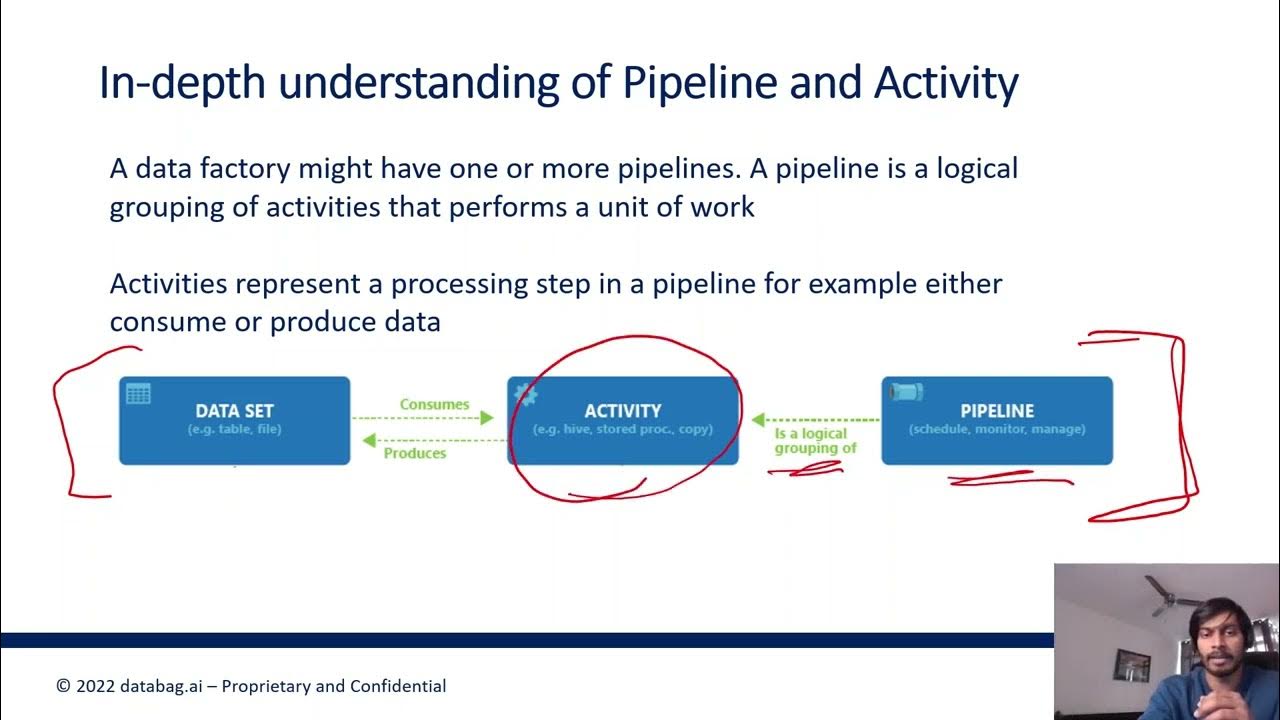How to create a ROPA (Record of processing activity), GDPR Article 30
Summary
TLDRThis video from the 'Data Protection Diaries' series delves into the importance and creation of a Record of Processing Activities (RoPA) as mandated by Article 30 of the GDPR. It clarifies RoPA's purpose, emphasizing its value in documenting personal data processing activities for regulatory compliance and organizational insight. The host offers practical advice on initiating and maintaining a RoPA, suggesting the use of questionnaires, templates, and regular updates to ensure the document remains a living, accurate reflection of an organization's data handling practices.
Takeaways
- 📝 A Record of Processing Activities (RoPA) is a requirement under Article 30 of the GDPR, documenting how organizations process personal data.
- 🔎 RoPA can help organizations understand what personal data they process, who they share it with, the purposes, and the security measures in place.
- 🤔 Many organizations find RoPA confusing and are unsure where to start, but it's essential for regulatory compliance and organizational insight.
- 🚀 Starting a RoPA involves not being afraid of the process, understanding it's a timely task that requires effort and buy-in from the organization.
- 🛠 There are tools and privacy management software available to help create a RoPA, but simple templates can also be effective, especially those provided by the ICO.
- 📚 RoPA should document all processing activities, including HR, marketing, and third-party processing, where personal data is handled.
- 📋 A questionnaire can be a useful tool to gather information from different departments about the data they hold, its usage, protection, and retention period.
- 🔑 Keeping the RoPA simple and avoiding over-complication is key to making it accessible and easy to manage.
- 🔄 RoPA is a living document that needs regular updates to reflect changes in data processing activities and third-party relationships.
- 📅 It's recommended to have a defined review period for the RoPA, such as quarterly, semi-annually, or annually, to ensure accuracy and relevance.
- ✉️ If you have questions or need assistance with creating a RoPA, reaching out to experts or checking resources like the ICO's website can provide guidance and support.
Q & A
What is a Record of Processing Activities (RoPA)?
-A RoPA is a document that records an organization's processing activities, as required under Article 30 of the GDPR. It helps organizations display and document the processing of personal data they undertake.
Why is a RoPA important for an organization?
-A RoPA is important because it is a regulatory requirement under GDPR and serves as a tool for the organization to understand what information it processes, who it shares with, the purposes of processing, and the security measures in place.
Are there any exceptions to the RoPA requirement under GDPR?
-While there are some exceptions where organizations may be exempt from the RoPA requirement, the video focuses on explaining the RoPA and its importance rather than detailing these exceptions.
What are the two main reasons for maintaining a RoPA?
-The two main reasons are regulatory compliance and the opportunity for the organization to gain a comprehensive understanding of its data processing activities, including the information it holds, who it shares with, and the security measures it has in place.
How can an organization start creating its own RoPA?
-An organization can start by using tools associated with privacy management software, or by using simple templates provided by regulatory bodies like the ICO, which also offer guidance on creating a RoPA.
What is the recommended approach to gather information for the RoPA?
-The recommended approach is to devise a questionnaire and issue it to all departments across the business to collect information about the data they hold, its usage, protection, and retention period.
Why should the RoPA not be over-complicated?
-Over-complicating the RoPA can make it difficult to manage and understand. It's better to batch similar data items together and create a key for reference, making the document more accessible and easier to maintain.
How often should the RoPA be updated?
-The RoPA should be an organic, living document that is updated as changes occur within the organization. This could be done on a systematic basis with every change or through a defined review period, such as quarterly, semi-annually, or annually.
What are some tips for making the RoPA creation process less burdensome?
-Tips include starting with simple templates, not over-complicating the document, involving key stakeholders, and treating the RoPA as an organic document that needs regular updates rather than a one-time task.
How can technology assist in the creation and maintenance of a RoPA?
-Privacy management software and tools can assist by quickly collating and collecting information, and some platforms can automatically populate a RoPA with updates from contracts and review processes.
What should an organization consider when deciding on the frequency of RoPA reviews?
-An organization should consider the size and complexity of its operations, the frequency of changes in data processing activities, and the resources available for managing the RoPA when deciding on the review frequency.
Outlines

此内容仅限付费用户访问。 请升级后访问。
立即升级Mindmap

此内容仅限付费用户访问。 请升级后访问。
立即升级Keywords

此内容仅限付费用户访问。 请升级后访问。
立即升级Highlights

此内容仅限付费用户访问。 请升级后访问。
立即升级Transcripts

此内容仅限付费用户访问。 请升级后访问。
立即升级浏览更多相关视频

Data Inventories and Data Maps: The Cornerstone to GDPR Compliance

The Data Flow Mapping Tool – the quick and easy way to document personal data processing

GDPR Compliance Journey - 04 Processing Activity Record

Your Personal Data Inventory Top Tips & Brexit Impact 161220

Data inventarization according to GDPR

Azure Data Factory Part 5 - Types of Data Pipeline Activities
5.0 / 5 (0 votes)
